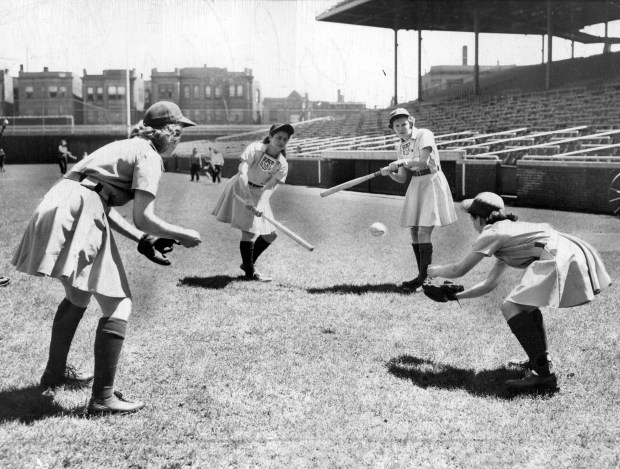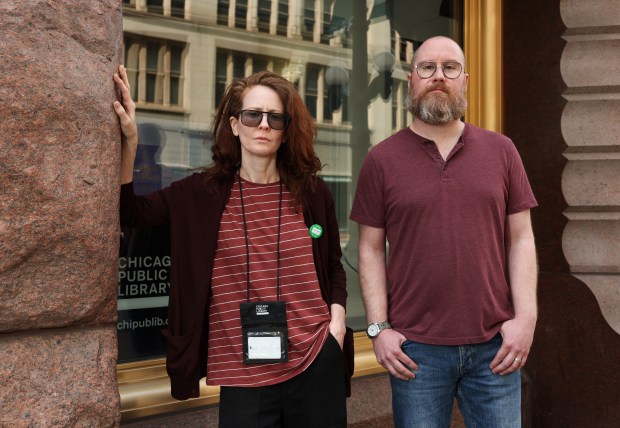Here’s a look back at what happened in the Chicago area on Feb. 17, according to the Tribune’s archives.
Is an important event missing from this date? Email us.
Weather records (from the National Weather Service, Chicago)
- High temperature: 67 degrees (2017)
- Low temperature: Minus 11 degrees (1903)
- Precipitation: 1.1 inches (2008)
- Snowfall: 8.5 inches (1893)
1943: Chicago Cubs owner Philip K. Wrigley travels to Springfield to charter what would become the All-American Girls Professional Baseball League.
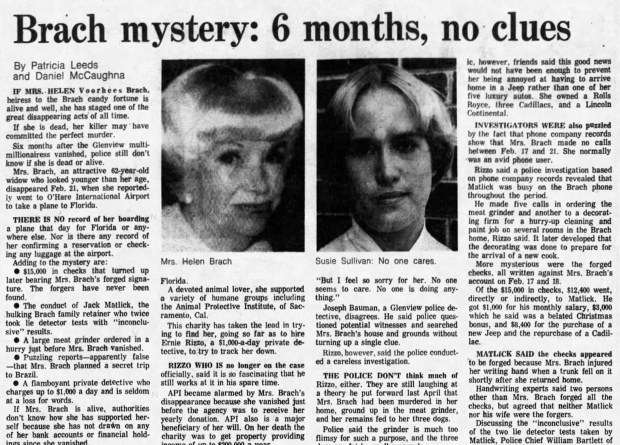
1977: Candy heiress Helen Vorhees Brach was last seen alive. She left an appointment at the Mayo Clinic in Rochester, Minn., where she had a routine check-up and was given a clean bill of health.
Not many seemed to notice, at first, that she had disappeared. Brach’s husband, Frank, president of E.J. Brach & Sons candy company, died in 1970. They had no children and she was close with few relatives. Her handyman Jack Matlick, who claimed he picked up Brach from O’Hare airport on Feb. 17, 1977, drove her to her palatial house in Glenview, then took her back to O’Hare on Feb. 21, 1977, didn’t submit a missing-person report to police until March 1977. Five checks were cashed — forged with her signature — after she vanished.
A $100,000 reward (or roughly $500,000 in today’s dollars) was offered for “actually finding and identifying” her, either dead or alive.
She was declared legally dead in 1984, though her body was never found.
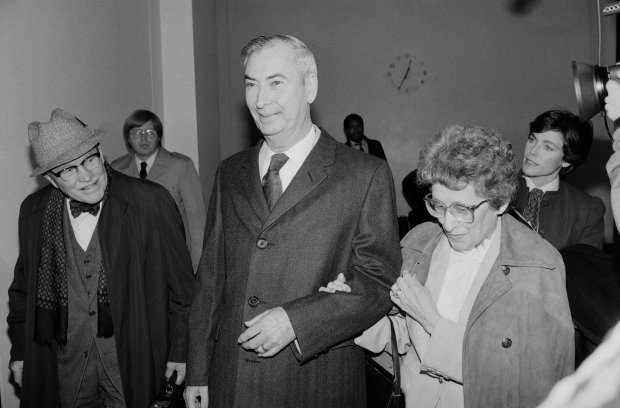
The hunt for Brach continued for years while law enforcement officers tracked down intersecting leads that led them to Matlick and a clan of criminal horsemen associated with Brach’s friend Richard Bailey. Bailey was sentenced to 30 years in prison for conspiring to kill Brach. Prosecutors argued that he and several others in the horse business would hoodwink wealthy women into paying inflated prices for show horses. They said Bailey planned to kill Brach because he feared she had found out about being cheated and planned to tell authorities.
But the Brach puzzle remained largely unexplained. Then in 2005, former Chicago horseman Joe Plemmons, who had testified against Bailey, confessed to authorities and to the Tribune that he had shot the heiress twice before he took the body to a steel mill.
Although some officials at the U.S. Bureau of Alcohol, Tobacco, Firearms and Explosives believed Plemmons’ story solved the case, the Cook County state’s attorney’s office declined to bring charges based on his confession alone.
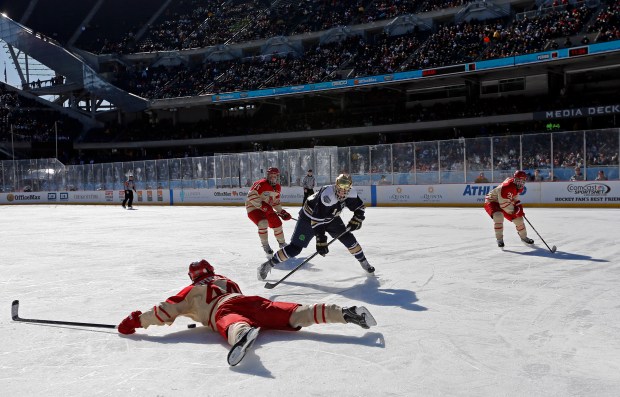
2013: Notre Dame’s win over Miami University of Ohio was the first outdoor hockey game played at Soldier Field. The inaugural Hockey City Classic — which also featured Wisconsin knocking off Minnesota — drew more than 52,000 people.
Want more vintage Chicago?
Subscribe to the free Vintage Chicago Tribune newsletter, join our Chicagoland history Facebook group, stay current with Today in Chicago History and follow us on Instagram for more from Chicago’s past.
Have an idea for Vintage Chicago Tribune? Share it with Kori Rumore and Marianne Mather at krumore@chicagotribune.com and mmather@chicagotribune.com


